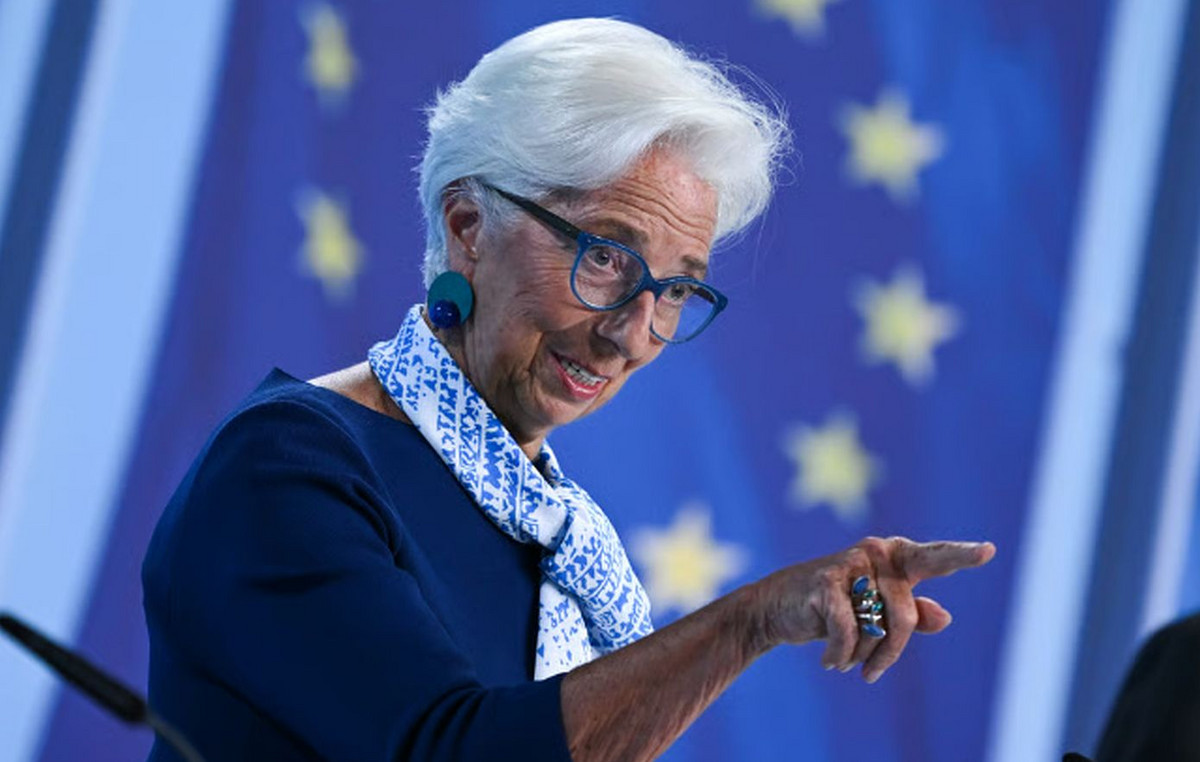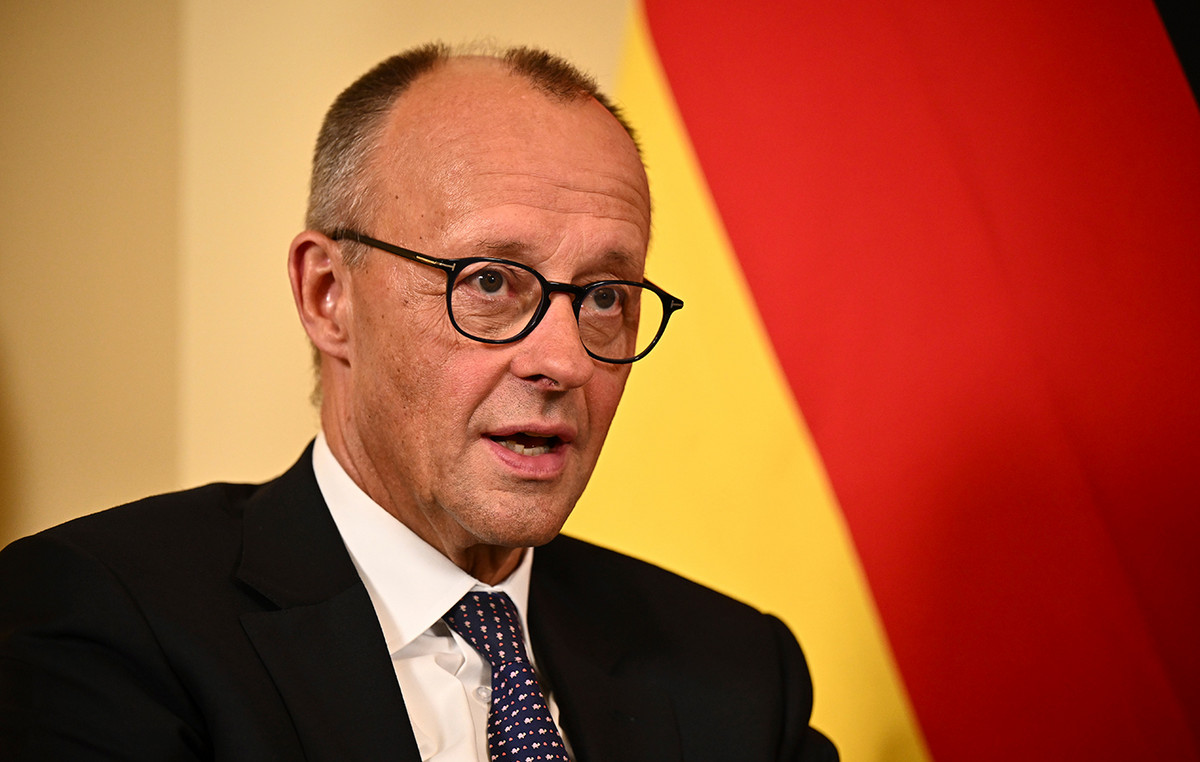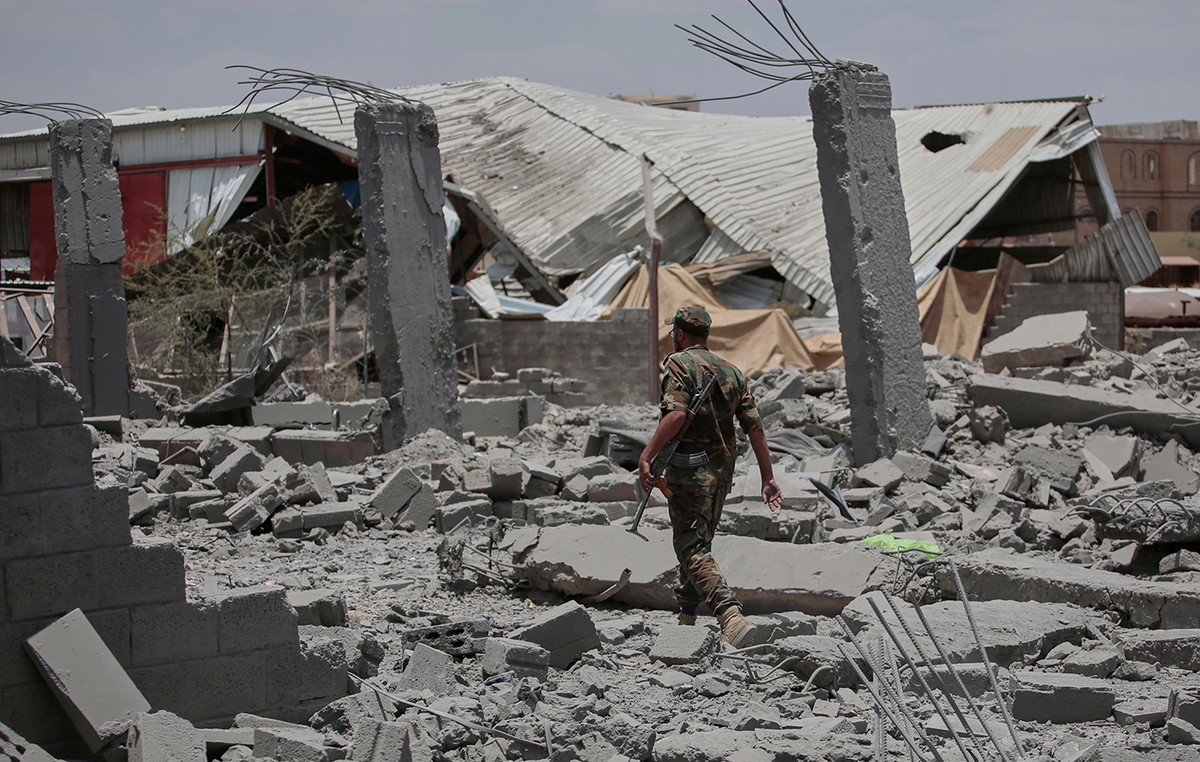On the eve of World Tuberculosis Day (March 24), the World Health Organization (WHO) made an appeal this Monday (21) for urgent investment of resources, support, care and information in fighting the disease. Every day, more than 4,100 people lose their lives due to tuberculosis and around 30,000 fall ill in the world.
Estimates indicate that 66 million people have recovered from the disease since 2000, but the Covid-19 pandemic has reversed these gains. For the first time in more than a decade, deaths from tuberculosis increased in 2020. Ongoing conflicts in Eastern Europe, Africa and the Middle East have further worsened the plight of vulnerable populations, according to the WHO.
Global spending on tuberculosis diagnosis, treatment and prevention in 2020 was less than half of the global target of US$13 billion annually by 2022. WHO estimates that an extra US$1.1 billion per year is needed for research and development. .
“Urgent investments are needed to develop and expand access to the most innovative services and tools to prevent, detect and treat tuberculosis, which can save millions of lives each year, reduce inequalities and avoid huge economic losses”, said the director- WHO General, Tedros Adhanom. “These investments offer huge returns to countries and donors in avoided health costs and increased productivity.”
According to the WHO, investments in tuberculosis programs have demonstrated benefits not only for people with the disease, but also for health systems and pandemic preparedness.
The WHO argues that, based on lessons learned from scientific research on Covid-19, it is necessary to catalyze investments and actions to accelerate the development of new tools, especially new vaccines against tuberculosis.
Between 2018 and 2020, 20 million people received treatment for tuberculosis. The index represents 50% of the 5-year goal of expanding treatment to 40 million people. During the same period, 8.7 million people received preventive treatment, equivalent to 29% of the 2018-2022 target of 30 million.
According to the WHO, the situation is even more critical for children and adolescents with the disease. By 2020, an estimated 63% of children and adolescents under 15 years of age with tuberculosis were not treated or were not officially reported as having access to diagnostic and treatment services. The proportion was even higher – 72% – for children under 5 years old. Nearly two-thirds of children under 5 years old who could receive preventive treatment for tuberculosis did not have access, remaining at risk of the disease.
Impacts of Covid-19
Covid-19 has had an additional negative and disproportionate impact on children and adolescents with tuberculosis or at risk of the disease, with increased transmission in homes, lower demand for care and access to health services.
The WHO warns that countries must urgently restore access to specific tuberculosis care services, which have been interrupted due to the pandemic.
The Director of the WHO Global Tuberculosis Program, Tereza Kasaeva, says that children and adolescents with tuberculosis lag behind adults in accessing prevention and care.
“The WHO guidelines released today are a game-changer for children and adolescents, helping them to be diagnosed and access care sooner, leading to better outcomes and reducing transmission. The priority now is to rapidly expand the implementation of the guidance in all countries to save young lives and avoid suffering,” Tereza said.
WHO updates guidelines for tuberculosis management
The updated guidelines for the management of tuberculosis in children and adolescents released by the WHO on Monday (21) highlight new patient-centered recommendations for diagnosis, treatment and prevention.
Latest recommendations include expanding diagnostic testing to include non-invasive samples such as stool. Rapid molecular diagnosis is recommended as an initial test to identify the disease in children and adolescents.
The new WHO guidance also indicates that children and adolescents who have non-severe forms of tuberculosis susceptible to drugs should receive treatment for four months instead of six months. For tuberculosis meningitis, the period is increased from 12 to six months.
According to the WHO, the changes promote a patient-centered approach that will reduce the costs of disease care for children, adolescents and their families.
Two of the newest TB drugs to treat the drug-resistant disease (bedaquiline and delamanid) are now recommended for use in children of all ages, enabling children with the drug-resistant version of the disease to receive all-oral treatment regimens regardless of age. .
The WHO also recommends new models of decentralized and integrated tuberculosis care, which will allow more children and adolescents to have access to preventive care or treatment.
Source: CNN Brasil







